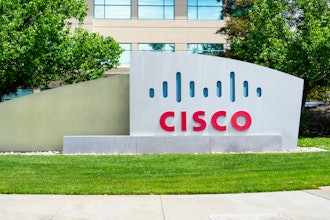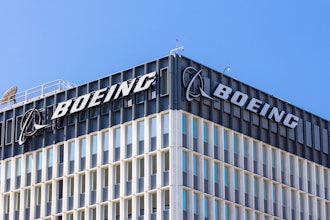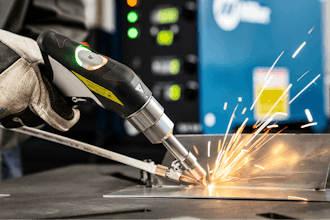Imagine being able to monitor the energy usage of a single streetlamp, then using the collected data to predict when the lamp will burn out, allowing for repairs before anyone gets left in the dark.
Or, visualize being able to pull out an iPad on the commute to work to check if the coffeepot was left on or the security system was enabled.
These are the kinds of monitoring and verification applications that Paul Daigle, director of strategic marketing and business development for Teridian, sees in the future of energy measurement products.
“It’s all about creating a feedback loop so that when you know [the energy] you’re actually consuming, you can take action to do something different,” explains Daigle.
For the last 20 years, Teridian, a subsidiary of Maxim Integrated Products, has supplied semiconductor chips that enable electronic metering -- key components in the current discussions about smart grid and other electronic measurement systems. Although these deliberations seem new, Daigle says energy measurement technology has been available and in use for decades.
However, it’s only with the advent of data networking, the cost-reduction of the available technology, and an increased energy consciousness that electronic metering is beginning to make its way into mainstream designs.
“Over the last couple years we’ve cost reduced [the technology] further and optimized it down to the point of load to fit inside a lighting ballast, an appliance, a control panel, or a power supply in a data center,” says Daigle.
System-On-Chip Technology
At LIGHTFAIR International 2011 in Philadelphia, Teridian demonstrated an energy-measurement system-on-chip technology (SoC), the first SoC solution for AC and DC power that can capture and report real-time energy data.
The Teridian/Maxim 78M6613 is installed inside a lighting ballast and replaces a microcontroller unit that receives DALI (Digital Addressable Light Interface) commands and controls dimming.
The device enables accurate power-consumption management and provides digital information to assist with diagnostics. This information can be used to validate the interoperability of components to create a ballast capable of measuring its own power efficiency.
Reducing Waste, Reducing Cost
By digitizing both the current and voltage, Daigle says new technology can now measure more than just power consumption. One key aspect that can be measured is power factor, which allows users to see equipment degradation before a piece of equipment fails to work.
With this information, users can know how long a light has been degrading and which parts have started to fail, allowing for intelligent repairs rather than simply replacing a faulty piece.
Municipalities can also reduce waste during their maintenance process for things like roadway lighting, says Daigle.
"Some utilities create schedules where they just roll trucks down the street and replace every [light] whether or not they need it,” he continues. “It creates a lot of unnecessary waste. If you have this level of intelligence, you can better schedule your maintenance crew.”
Currently, cost is one of the drawbacks to incorporating these systems. A limited number of lighting systems already have current measurement incorporated into the design, which makes it easy to add Teridian’s chip. According to Daigle, many high-volume applications -- lighting inside buildings, for example -- can be too cost-sensitive to even consider this technology.
Case Study: Outdoor Lighting
One industry that could immediately benefit from more accurate lighting measurement is outdoor lighting. Right now, billing for these systems is done through a formula based on when the sun rises and sets. However, this formula can’t take into account new technology like light dimming, nor does it account for electricity that gets used for other purposes like irrigation pumps or traffic lights.
By installing electronic measurement technology, municipalities can ensure payment solely for the electricity used by a lighting system. With improved technology, manufacturers will be able to collect measurement data more quickly and without adding extra work.
“There are solutions out there that can do it in such a way that it doesn’t burden the manufacturer of the lights with a long calibration time like it used to take with utility meters,” explains Daigle.
Feedback from the Cloud
A final benefit of incorporating energy measurement is that more data can help create a feedback mechanism within an energy management system. Teridian is currently working with various third parties to put light measurement data in the cloud, which can then be accessed via an iPhone or iPad to monitor power consumption in the field.
Daigle imagines both industrial and consumer uses for these services -- everything from checking the health of streetlamps to making sure the coffee pot is turned off each morning.
“As things develop, the need for higher levels of integration of data will continue to surface,” says Daigle.






















